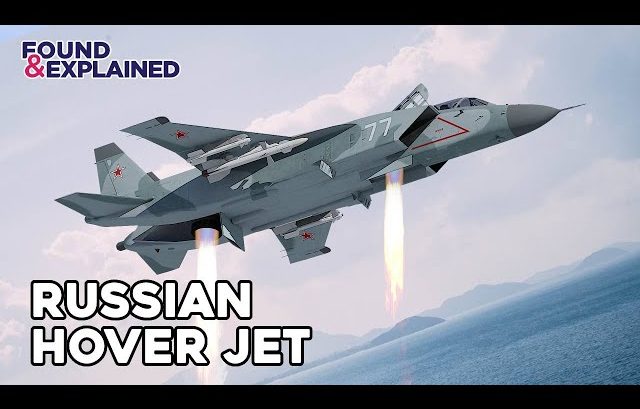Today, we’ll be talking about an aircraft that probably inspired Lockheed and American engineers when they were designing the vertical F-35 and its significant impact on Russian aviation- the Yak 141.
In Need of a Real Fighter
In the 1980s, Russian aviation was so far behind the US that their Navy was easily decimated in a toe-to-toe conflict. They decided to change that by making a new jet that would be able to defend the fleet from enemy aircraft.
They wanted a real fighter that could outperform the F-14 Tomcat and even F-18s, could take off vertically, and could fly supersonic.
Absolute Gamechanger
The Yak-141 eventually became a huge game-changer for the Soviets, and later on, the Russian Navy. Yakovlev himself decided to go all in with this project, putting his very best engineers.
For the plane’s engines, developers decided to go for a much more complicated yet much more rewarding system. The main engine was a Soyuz R-17V-300 afterburning turbofan that had an extremely interesting thrust of the vectoring nozzle. Engineers created a rotating nozzle segment which by rotating in the opposite direction, completely changed the flow.
The other engineering problem they have to solve was the lift engines. So, they opted for 2 RD-41 engines which would give enough power for hovering. This design was very complicated, it gave the Yak-41 a great flight performance.
When it Went Downhill
The death of Defense Minister Dmitry Ustinov in 1984 and Yakovlev’s retirement caused the program to slow down.
Instead of the aircraft’s serial production, it only had its first flight in 1987 with a plan for serial production by the early 90s. Flash forward to 1991, and there was a great success with the jet performing its first take-offs and landings on a carrier deck. However, the Soviet Union fell apart by then.
End to a Promising Project
The economic shock of this development put an end to many promising projects throughout the Soviet military.
In late 1991, a test pilot made a hard landing on the deck of an aircraft carrier, and the prototype caught fire. Although the test pilot survived, this proved to be a nail in the coffin of the project- at least on paper. However, the reality was, there were simply enough funds for the aircraft’s serial production.
The entire team knew that they were working on borrowed time and that by the end of the development cycle, they could only fulfill their dream of making the jet actually fly.
Lockheed Steps in
Lockheed provided further funding for the aircraft, most likely in exchange for valuable information and experiences with the platform.
So, the Yak-41 was presented to the public at Farm Borough Air Show in 1992.
By 1993, the plane was shown one last time at the Moscow Air Show and both prototypes were later sent over to the museums where they stand to this day. Lockheed on the other hand, ended up using many of Yukolev’s solutions for their aircraft, although they were further developed, and technologically superior.



